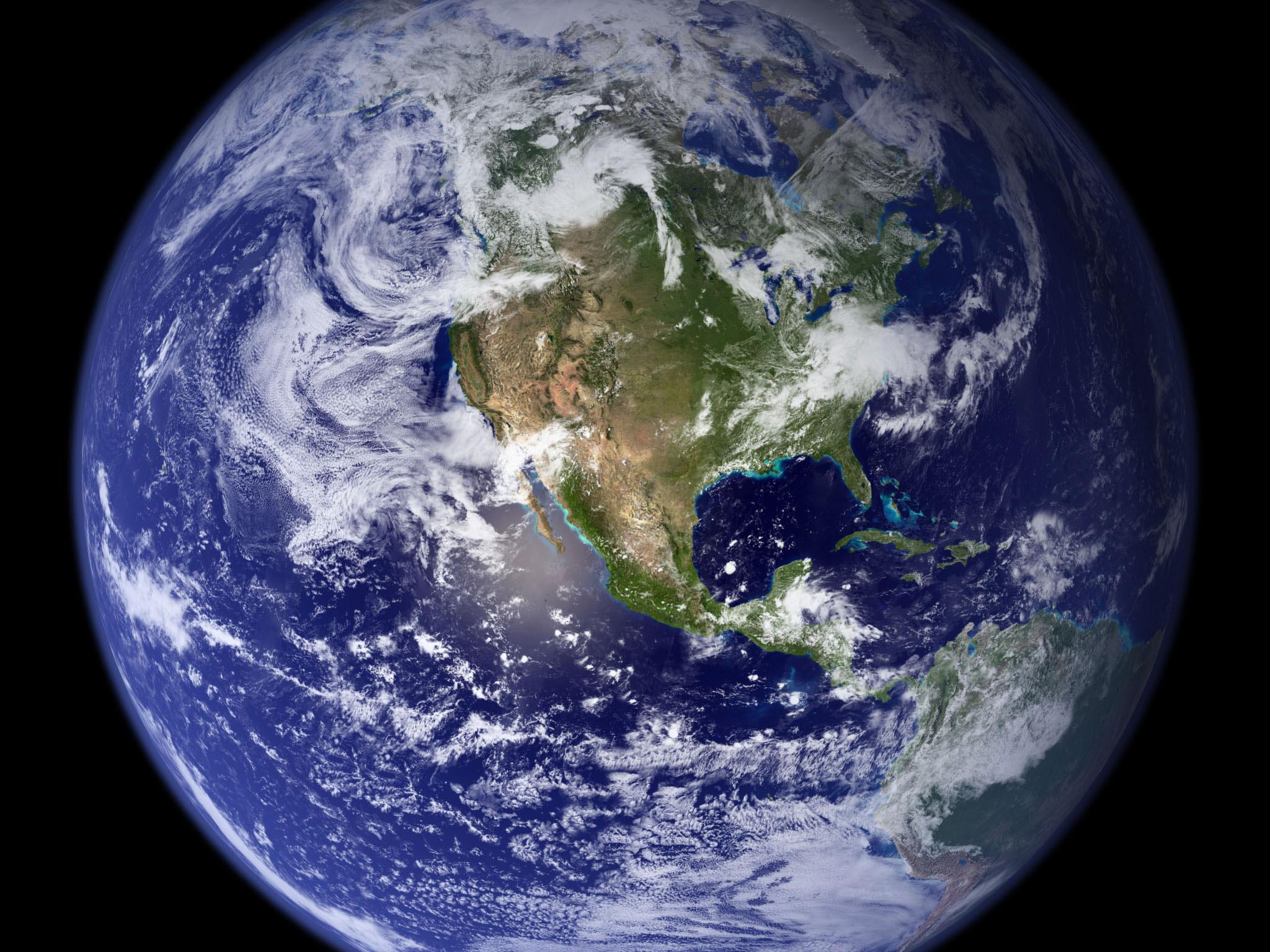World has missed chance to avoid dangerous global warming – unless we start geo-engineering the planet
Computer models predict average temperature will overshoot Paris Agreement targets but be brought back down again by the end of this century

Your support helps us to tell the story
From reproductive rights to climate change to Big Tech, The Independent is on the ground when the story is developing. Whether it's investigating the financials of Elon Musk's pro-Trump PAC or producing our latest documentary, 'The A Word', which shines a light on the American women fighting for reproductive rights, we know how important it is to parse out the facts from the messaging.
At such a critical moment in US history, we need reporters on the ground. Your donation allows us to keep sending journalists to speak to both sides of the story.
The Independent is trusted by Americans across the entire political spectrum. And unlike many other quality news outlets, we choose not to lock Americans out of our reporting and analysis with paywalls. We believe quality journalism should be available to everyone, paid for by those who can afford it.
Your support makes all the difference.The world has missed the chance to avoid dangerous global warming – unless we start geo-engineering the atmosphere by removing greenhouse gases, according to new research.
Scientists used computer models to assess what needs to be done to restrict global warming to between 1.5 and 2 degrees Celsius, the limits adopted by the Paris Agreement on climate change.
They found that the world was likely to overshoot this temperature but could bring it back down to 1.2C by the end of this century by using techniques to remove carbon dioxide from the air.
Giant biological machines could be created to do this by growing vegetation which absorbs carbon, then burning the resulting biomass in power stations that capture the emissions.
The researchers also said other techniques to remove carbon from the atmosphere would need to be developed.
Another team of researchers reached similar conclusions last month, finding that geo-engineering would be required to restrict warming to 1.5C but 2C could be achieved without it.
Scientists previously thought limiting global warming to 2C would avoid the most dangerous effects, but there is increasing evidence that allowing it to go much above 1.5C could lock in considerable sea level rise for the next few centuries.
So far the world has warmed by just under 1C in little over a century.
Writing in the journal Climatic Change, researchers from Switzerland said: “We find that, with our modelling assumptions, limiting global temperature to 1.5C is only possible when using direct air capture (DAC).
“In our model, attaining this Paris target depends on the immediate reduction of carbon dioxide emissions and negative emissions after 2060, which require the use of additional mitigation technologies such as BECCS and direct air capture.
“A deep decarbonisation of the energy system and a strong reduction of final energy demands without complementary carbon dioxide removal are not enough to realise this Paris target.”
The world would have to bring about a “complete shift” to an energy system based on renewables, nuclear, hydrogen, and bio-energy with carbon capture and storage.
They said that it was not “infeasible” to limit global warming to 1.5C, but the world was likely to overshoot this figure during this century.
However their models showed direct air capture and other methods to reduce greenhouse gases could bring temperatures back down to within the Paris targets.
“Actual temperature change in the scenarios with DAC has an overshoot before reaching the target at the end of the century, particularly large in the 1.5C target scenario,” the Climatic Change paper said.
“The consequences of such overshoots (on sea level rise, for instance) need to be taken into account to fully assess the role of DAC.
“However, the temperature increase in 2100 in the 1.5C case is 1.23C, [which is] lower than the long-term target.”
Join our commenting forum
Join thought-provoking conversations, follow other Independent readers and see their replies
Comments